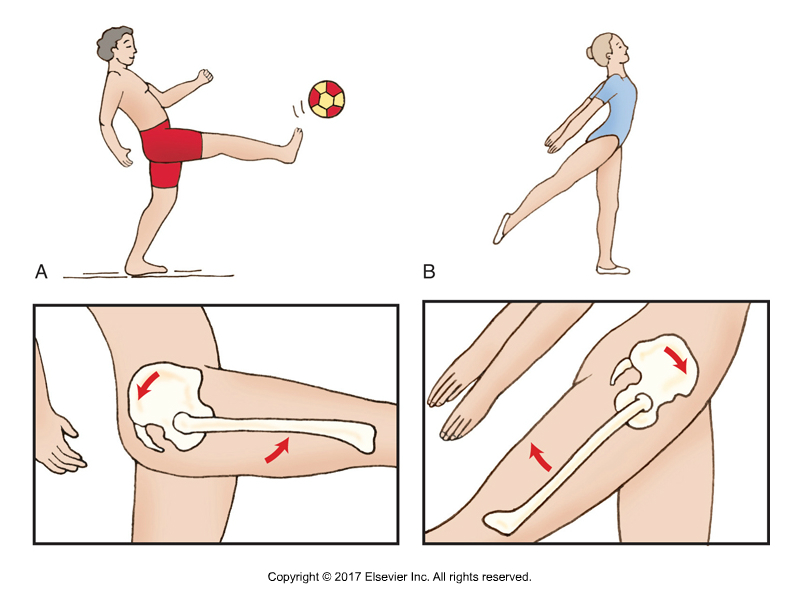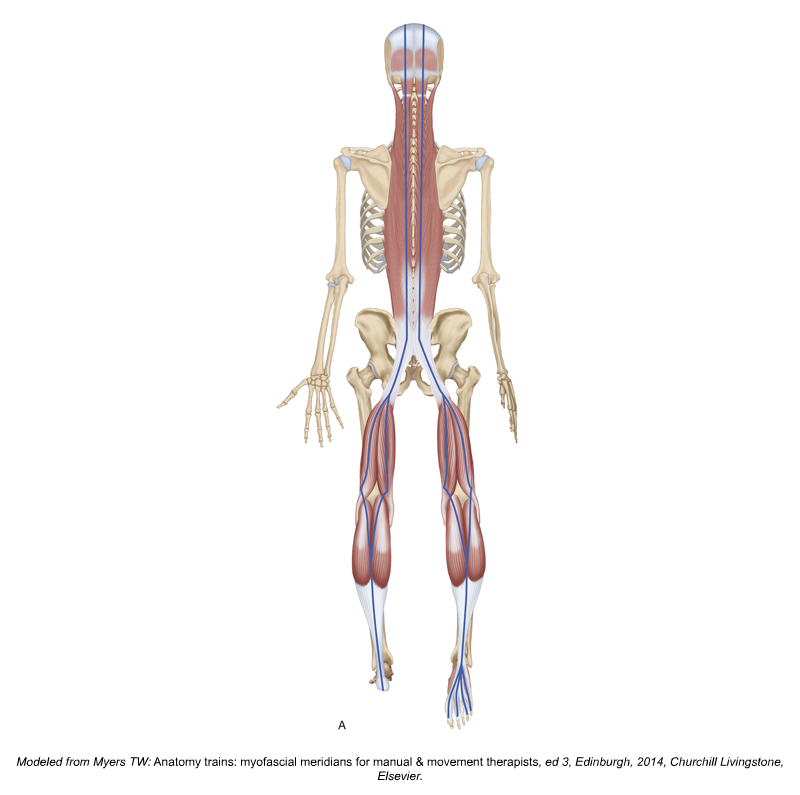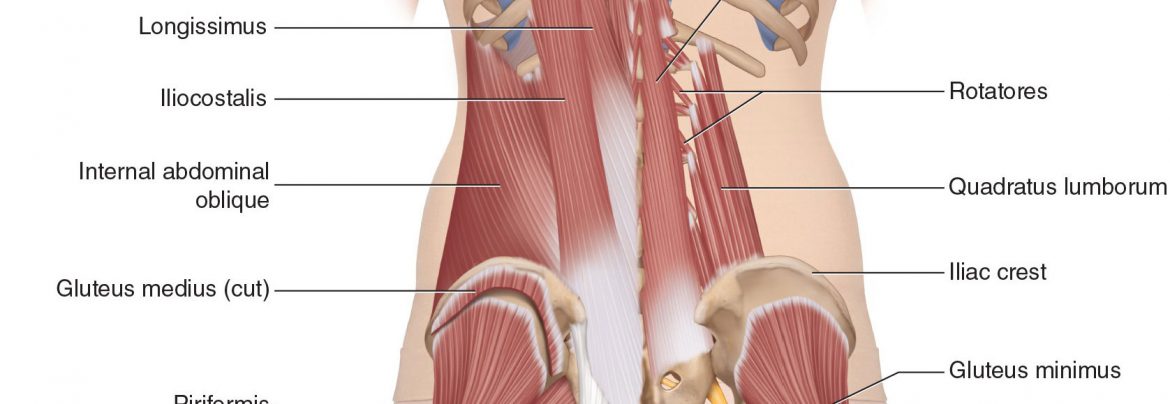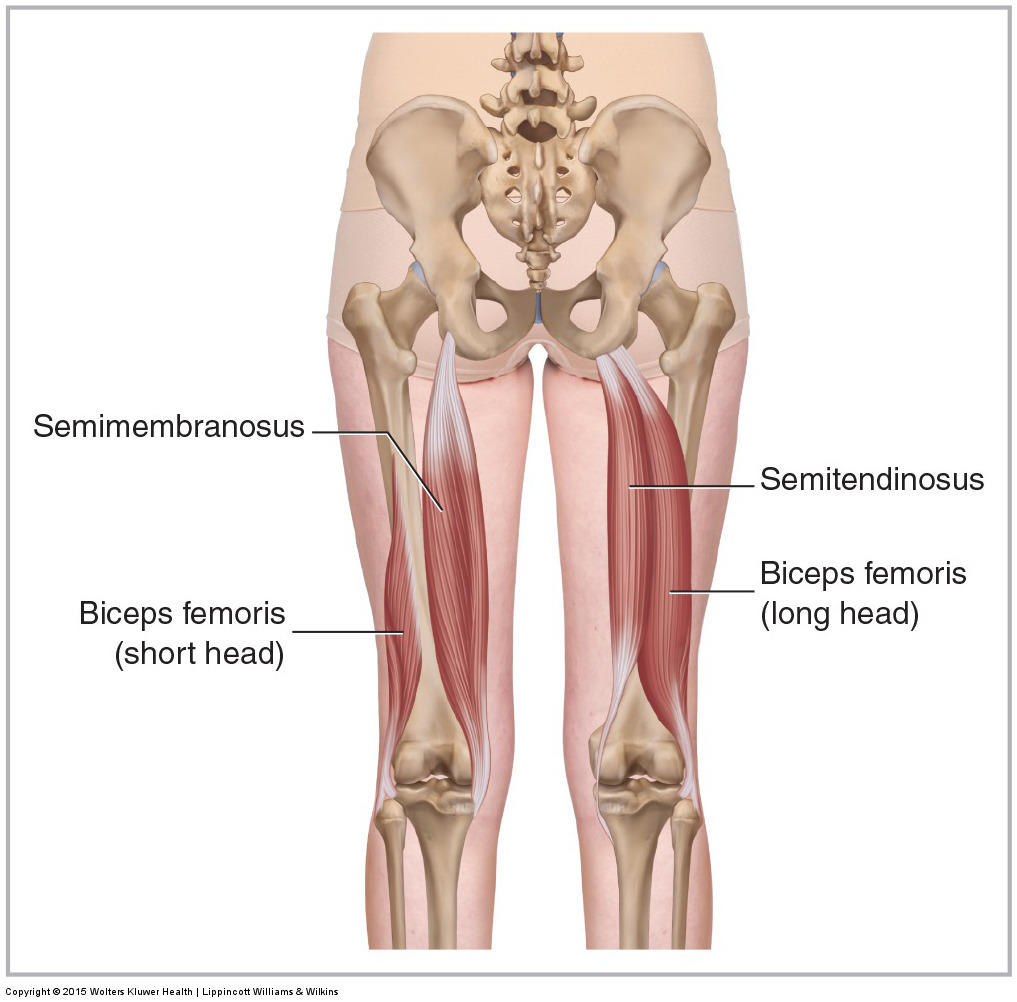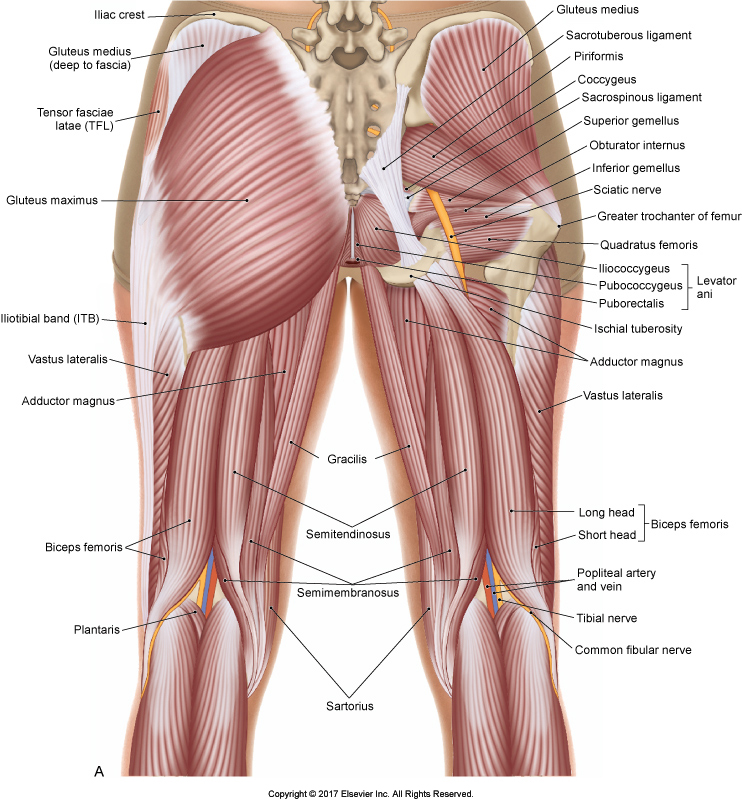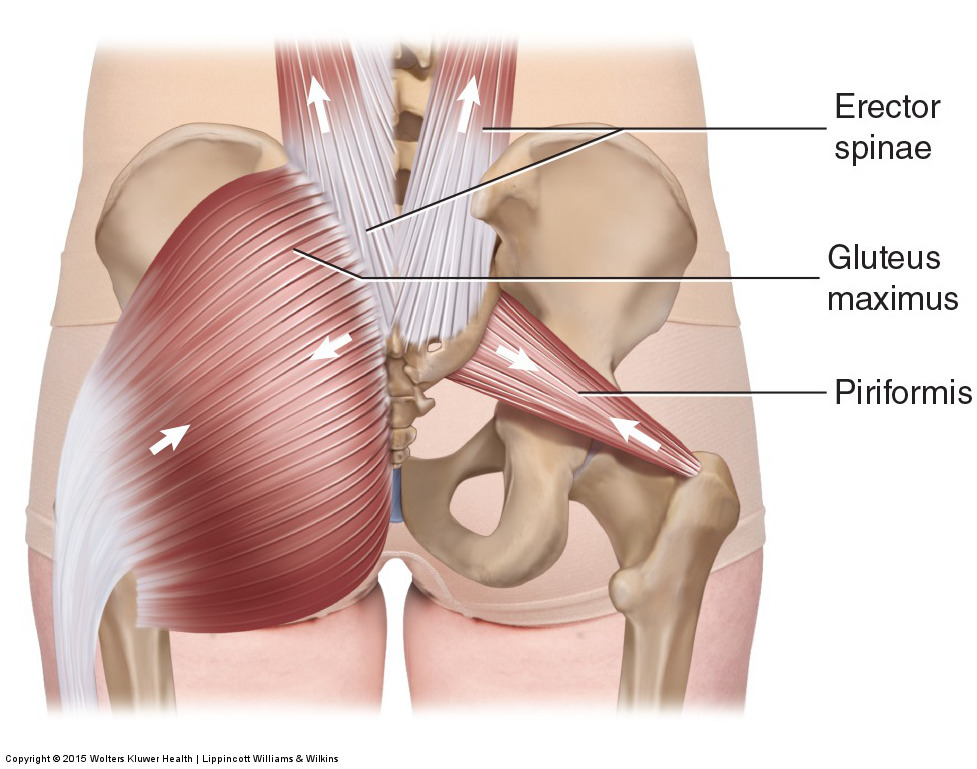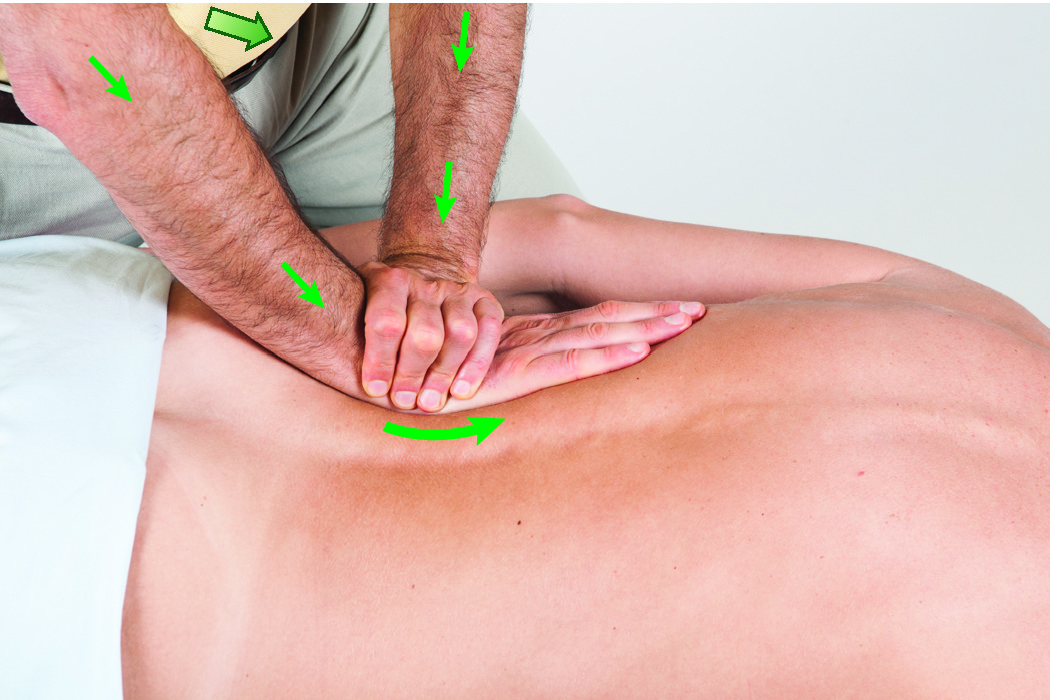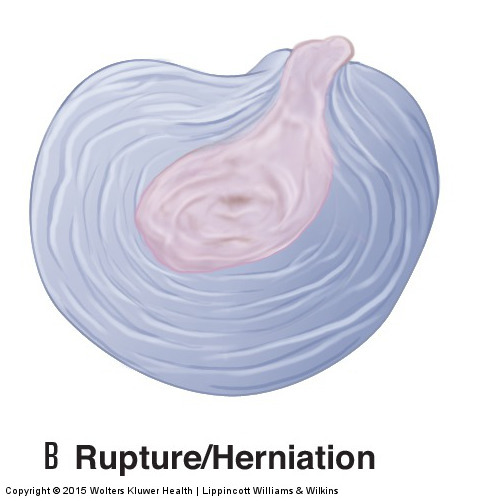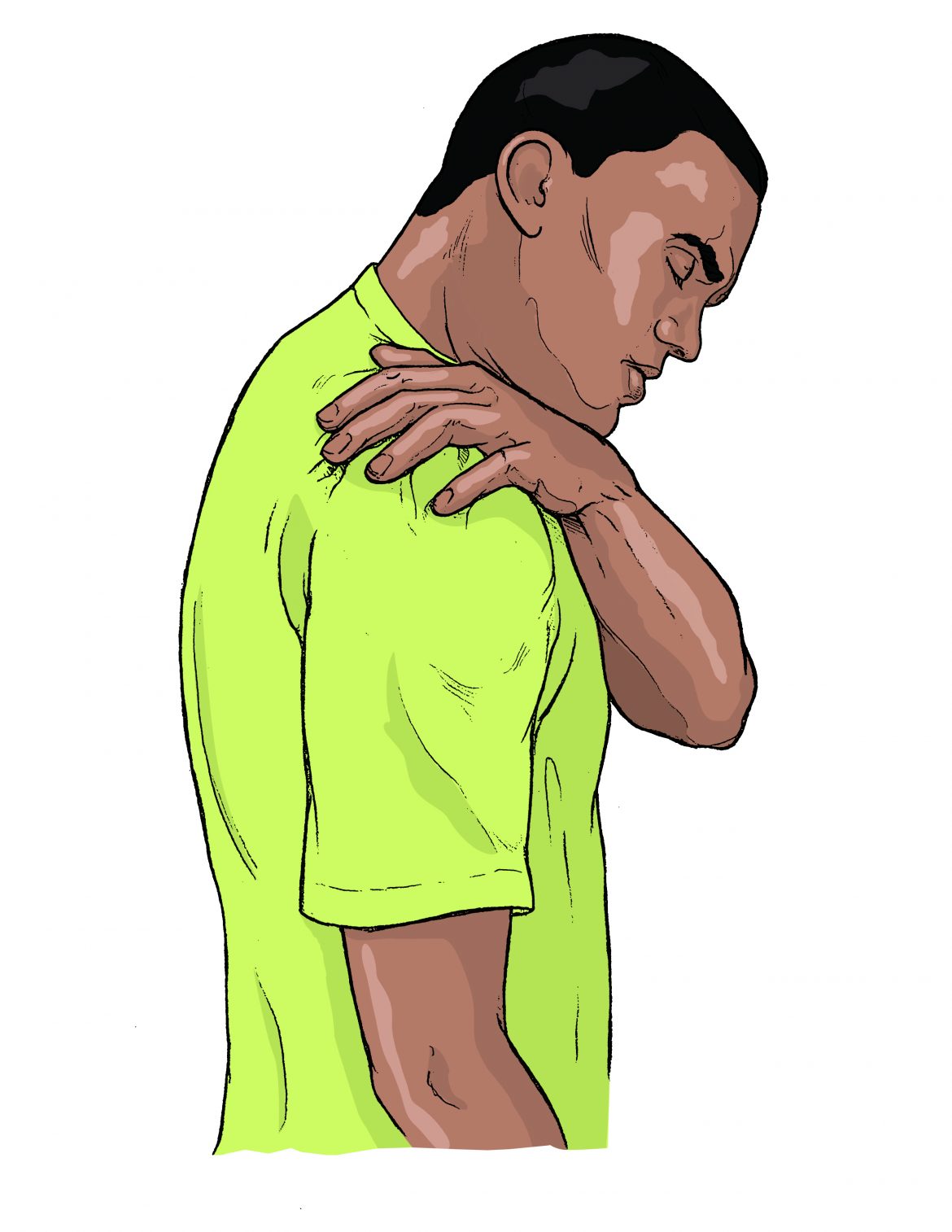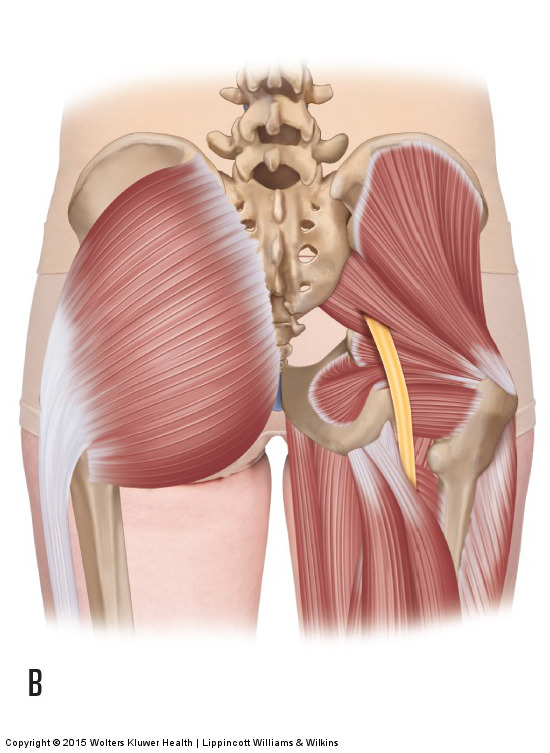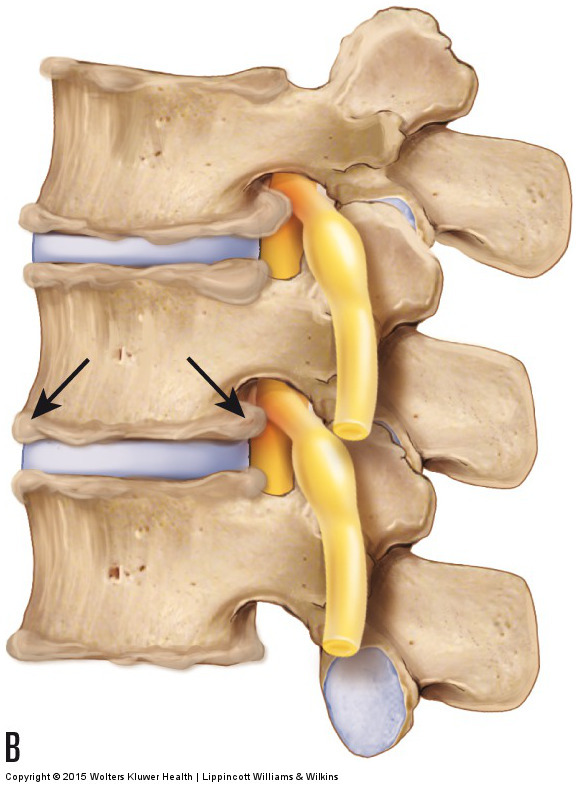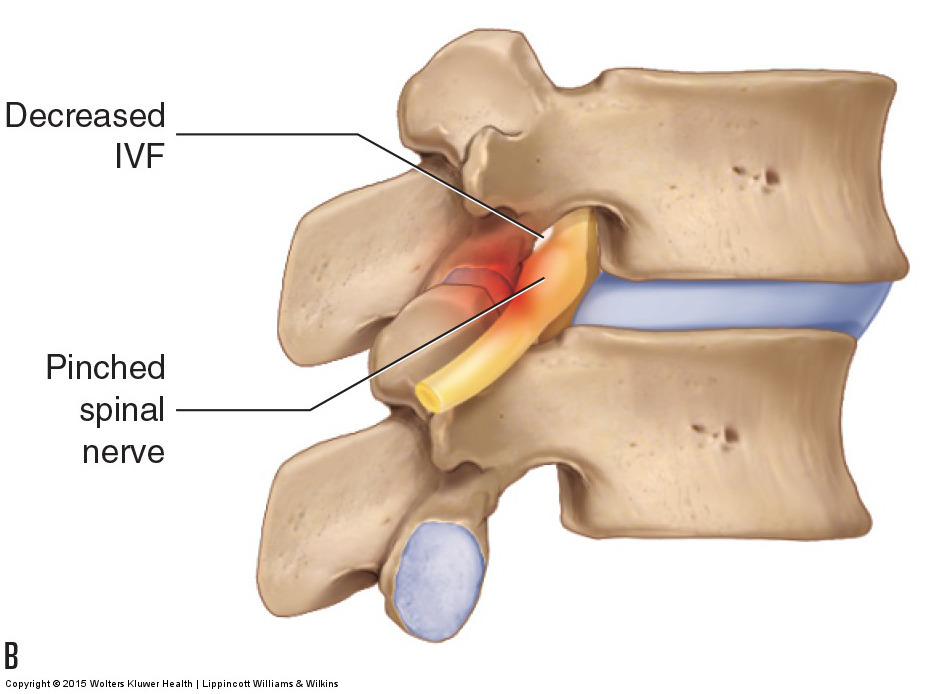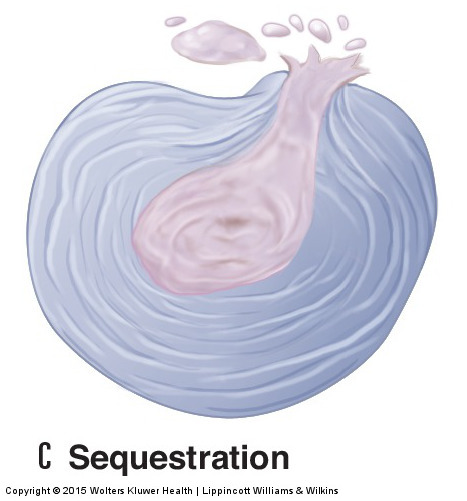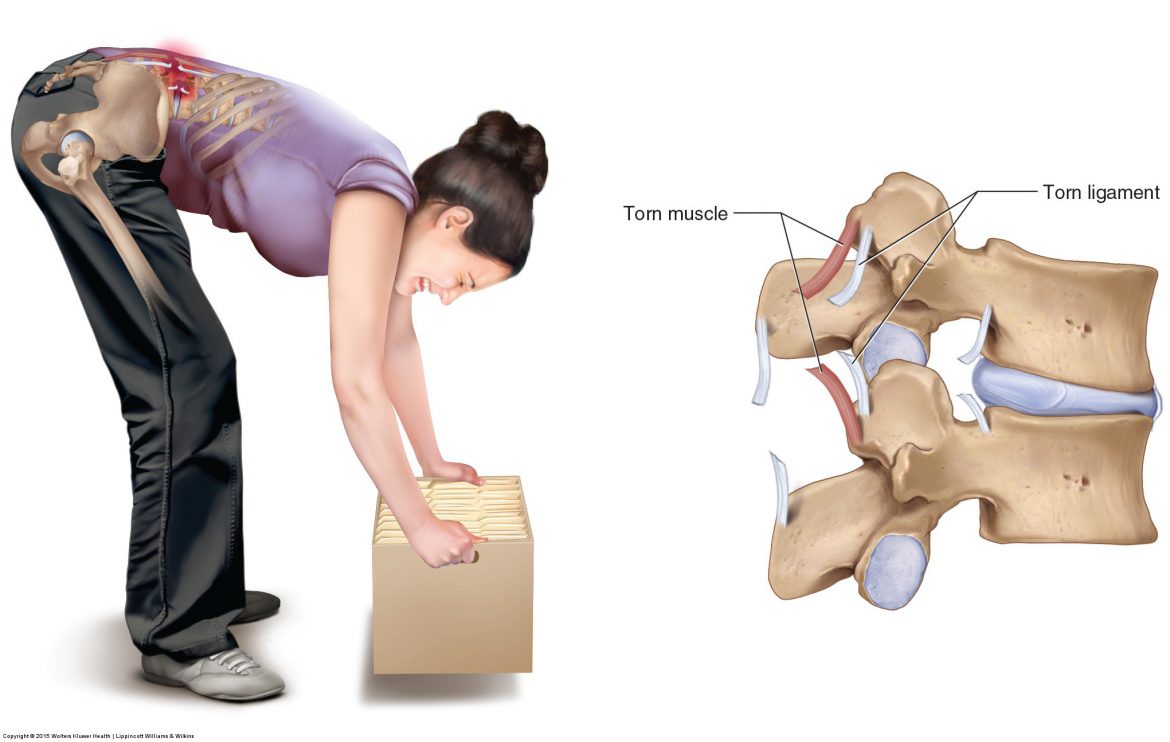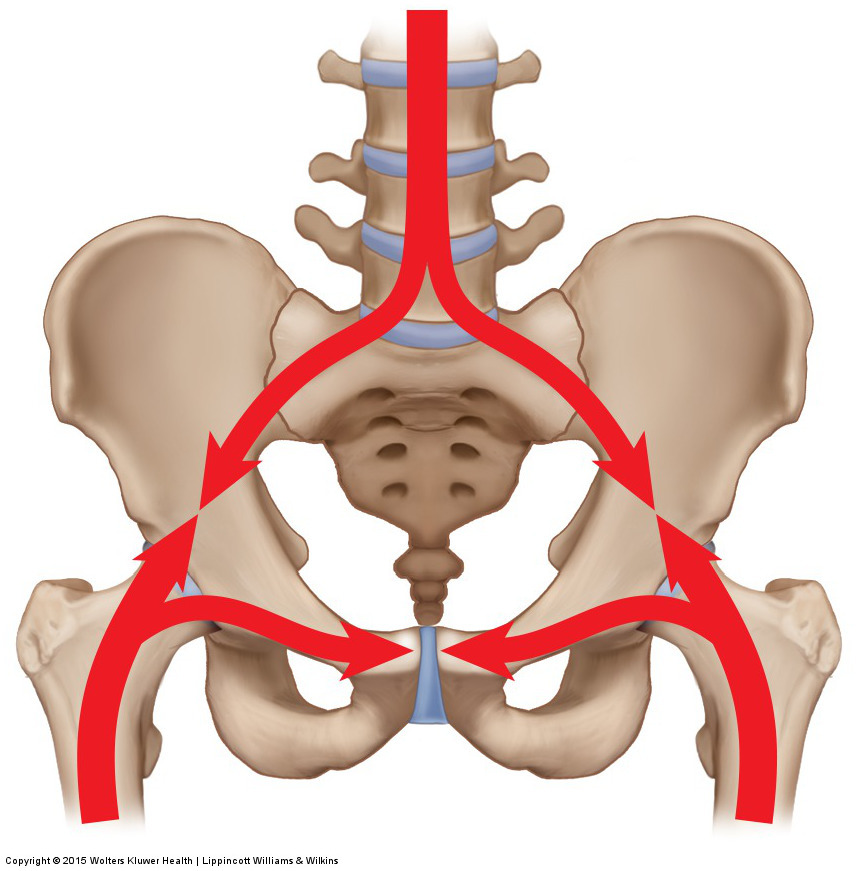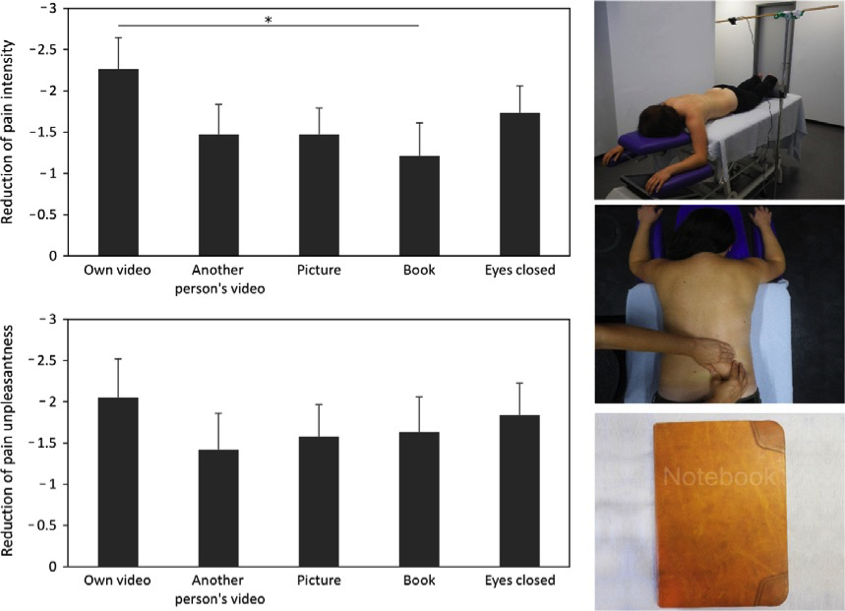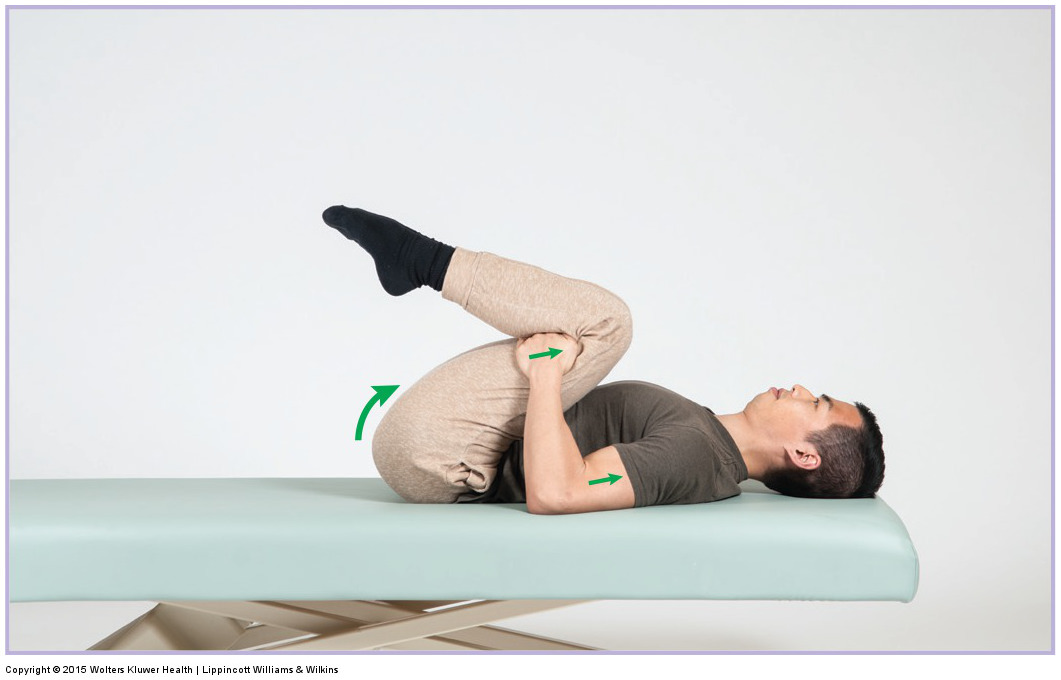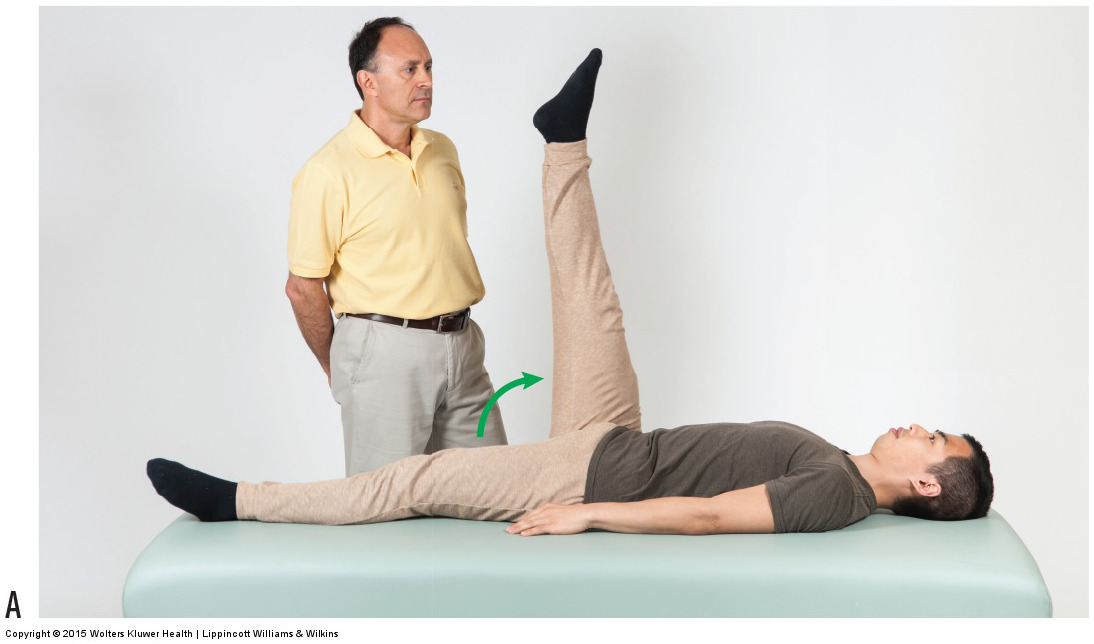These findings of altered movement and glide support the concept that altered mechanics of the sacroiliac joint are correlated with the presence of pain.
Increased Muscle Activation in Back Line Myofascial Continuity
The authors concluded that low back pain may cause activation of the low back musculature elsewhere along the Superficial Back Line Myofascial Continuity.
Low Back Pain: Time to Consider Massage and Exercise as Effective Treatments
So if we say that the cause of most low back pain is not understood, it should mean that we do not know what mechanism is causing the low back pain most of the time. But that is not true. We can often palpate tight myofascial tissue or a dysfunctional joint that is causing back pain.
Five Muscles of Sacroiliac Stabilization – Part 3 – Hamstrings
The connection between the hamstrings and the sacroiliac joint is through what is known as the superficial back line myofascial meridian/anatomy train. If the hamstrings are tight, their tension pulling force will be exerted through the sacrotuberous ligament and onto the sacrum.
Five Muscles of Sacroiliac Stabilization – Part 2 – Coccygeus and Others
The coccygeus and levator ani are technically muscles of the pelvic floor, however, they are also muscles whose contraction forces cross the sacroiliac joint and therefore often tighten when a sacroiliac joint condition exists. The coccygeus attaches from the sacrum and coccyx to the ischial spine of the pelvic bone.
Five Muscles of Sacroiliac Stabilization – Part 1 – Piriformis
Even when the original reason for the sacroiliac stabilization is valid, often the human body overdoes it and tightens the musculature excessively and/or keeps it tight long after it needs to be, so the musculature becomes stuck in a chronic pattern of hypertonicity.
Lumbodorsal (Thoracolumbar) Fascia as a Source of Low Back Pain
In histological studies, the lumbodorsal fascia has been found to be densely innervated with nociceptive afferent pain fibers.
Massage is considered as a recommended treatment for Low Back Pain
For patients with chronic low back pain, clinicians and patients should initially select nonpharmacologic treatment with exercise and manual therapies (such as massage).
Brief Review of Assessment and Treatment of Low Back Conditions
The following is a brief overview that links the low back condition with its corresponding assessment procedure and its corresponding treatment.
Dr. Tasha Stanton Lecture – New Insights from Pain Neuroscience
Our brain produces sensations according to the credible believable evidence that is present, not just from the sensory information from that body part.
Piriformis Syndrome
Piriformis syndrome is a condition in which the piriformis muscle compresses the sciatic nerve, causing symptoms of sciatica into the lower extremity.
Degenerative Joint Disease (Osteoarthritis) of the Low Back
Degenerative joint disease (DJD) is also known as osteoarthritis (OA); when this condition occurs in the spine, it may also be called spondylosis.
Spondylolisthesis
Spondylolisthesis is a condition of the spine in which one vertebra slips on the vertebra below it. This condition usually occurs in the lumbar spine.
Pathologic Disc Conditions of the Lumbar Spine and Sciatica
A pathologic disc can compress the sciatic nerve resulting in sciatica. Although any pathologic disc is potentially serious.
Sprains and Strains of the Low Back and Pelvis
Sprains and strains are similar in nature. When a ligament or joint capsule is torn, it is termed a sprain; when a muscle is torn, it is termed a strain.
Sacroiliac Joint Injury
The SIJ is subjected to a great deal of physical stresses both from below and above. A sacroiliac joint injury can be inflammation, sprain, and/or strain.
Watching your back being massaged improves outcomes
A study from Germany investigated whether watching one’s back during massage increases the analgesic effect of this treatment for lower back pain patients.
Self-care and medical approaches to tight spasmed muscles in the low back
Self-care for the client/patient with low back muscle spasm should include moist heat followed by stretching. Double knee to chest stretch is beneficial.
What are the causes of low back muscle spasming?
Low back muscle spasming is common because lumbar extensor muscles must contract eccentrically, isometrically, and concentrically whenever we bend forward.
Signs, symptoms, and assessment of spasmed muscles in the low back
The assessment/diagnosis for low back muscle spasming begins with the verbal history and ROM and orthopedic assessment, and is confirmed with palpation.

